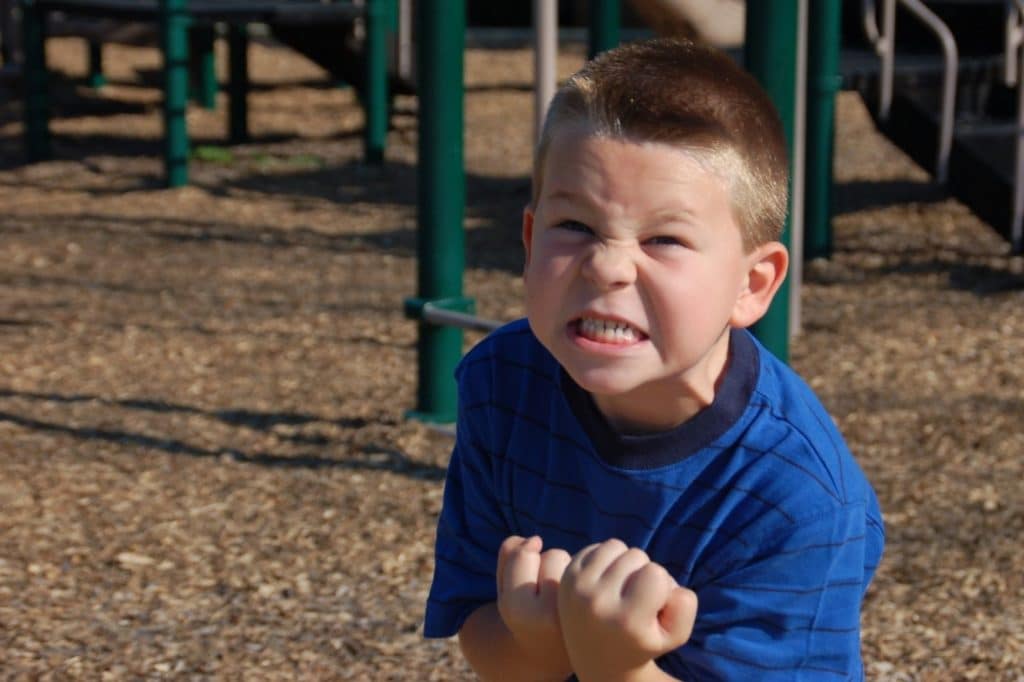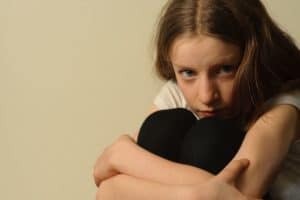As the police car pulled out of the elementary school parking lot, my 11-year-old son handcuffed and sobbing inside, I turned to the principal. Tears coursing down my own cheeks, I asked, “How did this happen? What can we do to help Eric?”
I’d been called to my son’s elementary school from work that morning with an urgent message, a familiar scenario to far too many working mothers: “Get here as fast as you can.” My sweet boy was curled up in the corner of the principal’s office. “I didn’t mean to, Mom! I didn’t mean to be mean!” he said, grabbing me in a fierce embrace.
The principal made some consoling noises, then called me outside to give me a quick rundown. Another student had been taunting Eric on the playground, and he snapped, cursing and yelling death threats at his tormentor. Fortunately, a playground aide intervened before anyone was hurt. But my son was on probation in the juvenile justice system, and his threats triggered a mandatory report to law enforcement.
Despite the best efforts of Eric’s teachers, parents, and principal, he was headed back to jail for behavioral symptoms of a brain difference.
I don’t think that anyone would disagree that bullying is a serious problem for America’s children. During National Bullying Prevention Month, we see scores of articles about how to help children if they are the victims of bullying. But parents like me have a different question: What if my child is the bully? How can I help my child?
No child is born a bully
The most important first step to answering this question is to understand that no child is born a bully. While being bullied may cause an otherwise healthy child to develop mental health issues, bullying behavior may also be a sign that a child is struggling and needs help.
Keeping the child at the center can help parents and teachers to find the best ways to address the situation. Children are not bullies, but they sometimes show behavior that can be antisocial or hurtful to their peers. The Pacer Center, which advocates for children with disabilities, recommends person-centered language: “Instead of labeling a child as a ‘bully,’ consider using the terms ‘child who bullies’ or ‘a child with bullying behavior,’ which recognizes that they are first and foremost a child and second that they have exhibited a specific behavior.”
What to Watch for in Your Child
People who don’t know better love to blame parents for children’s bullying behaviors. Contrary to what you may hear from others, you’re not a bad parent if your child is labeled a bully. According to the Pacer Institute, children may be at risk for bullying behaviors if they:
- Have been bullied
- Lack empathy or understanding for others
- Crave a feeling of control
- Are anxious or depressed
- Need help with social skills, or lag behind their peers.
All of these factors can be characteristics of children who have a mental illness, a developmental disability, or both. In fact, if your child exhibits bullying behaviors, it’s a good idea to schedule a check-up with your child’s pediatrician and explore further medical options to make sure that your child is getting the right supports.
If mental illness is causing or contributing to your child’s bullying behaviors, it’s especially important to address the problem. I asked Charmaine Thaner, an author and professional advocate for special needs children, about how parents can support their children in the school setting. “As equal members of the IEP team, parents need to ensure their voice is heard, their input is considered, and their child’s services and supports are truly individualized,” she told me.
Thaner noted that students who exhibit bullying behaviors are often actually seeking help from adults. “The student could be communicating he/she needs more help in regulating their sensory needs, or learning how to socialize with others, or appropriate ways to have more control in their life. Each one of these messages calls for a different plan of support,” she said. Thaner’s book, The Art of Advocacy: A Parent’s Guide to a Collaborative IEP Process, provides additional suggestions for parents and educators to create an effective, supportive plan.
Safety First
While proactive partnerships with educators are important to helping a child who exhibits bullying behaviors, parents and teachers must put safety first. This means establishing a crisis safety plan. A safety crisis plan establishes the steps adults will take to ensure that all children are safe. Children who are older should be included in the process to make sure that their input is recognized and valued.
In a 2016 TEDx Boise, my son Eric, then 16-years old, explained how he felt about his uncontrollable playground outbursts, which we now know were symptoms of bipolar disorder. “I was told in kindergarten you were supposed to make friends, but when I was in kindergarten, everyone was afraid of me,” he said. “When I was growing up, it would have made all the difference to have more people that just accepted me and treated me with kindness.”
Today, Eric is a senior in high school and applying to college. With the right supports, he learned to control his triggers and his bullying behaviors, and now he is one of the most popular kids in his admittedly nerdy senior class. As the chair of Youth M.O.V.E. Boise, Eric also advocates in our community for students like him who live with a mental illness.
As a parent and as an educator, I believe that my son Eric is right. Kindness and acceptance of all children—even and perhaps especially those who show bullying behaviors—are the keys to providing a safe and productive learning environment for all children. Every child deserves love.










